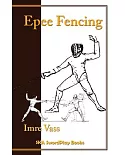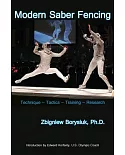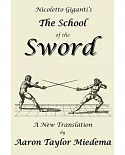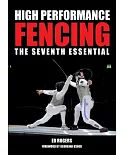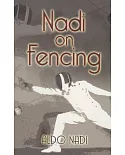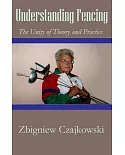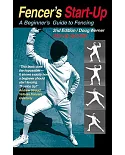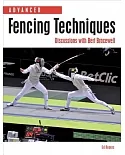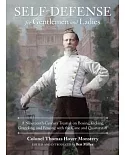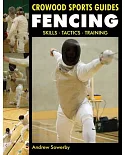From the distant times of ferocious open field battles held either between villages or even nations, to the most basic and oldest self defense scenario of having to confront gangs of robbers,
Mankind has always been daunted by the need to face larger groups of opponents.Being Jogo do Pau the only living European Martial Art with an unbroken lineage, the systematization presented of
its main skills for this type of combat establishes a bridge between present and past, allowing for a better understanding of the history, technique and combat skill found in other European
Fencing schools such as the German and Italian. The Doebringer manuscript is a clear example of this in which it reads “just make sure, that they can’t get at you all at once” ... “that you
quickly attack the ones on the outer ends, before the others turn against you, then they will have to turn after you since you are leading. Then you can well notice, when it is or is not save
to move away from the opponent and then leap away from him as I say. There is no hurt or disgrace to run away from four or six”. The additional analysis presented regarding the evolution of
these arts as combat leisure activities, more focused towards single combat, as well as their transference to shorter one handed weapons such as the baton and walking cane, came about as a
result of the social changes brought by the creation of industrial cities, and make this document unique and extremely valuable for anyone interested in the historical, cultural and martial
interpretation of these arts.




